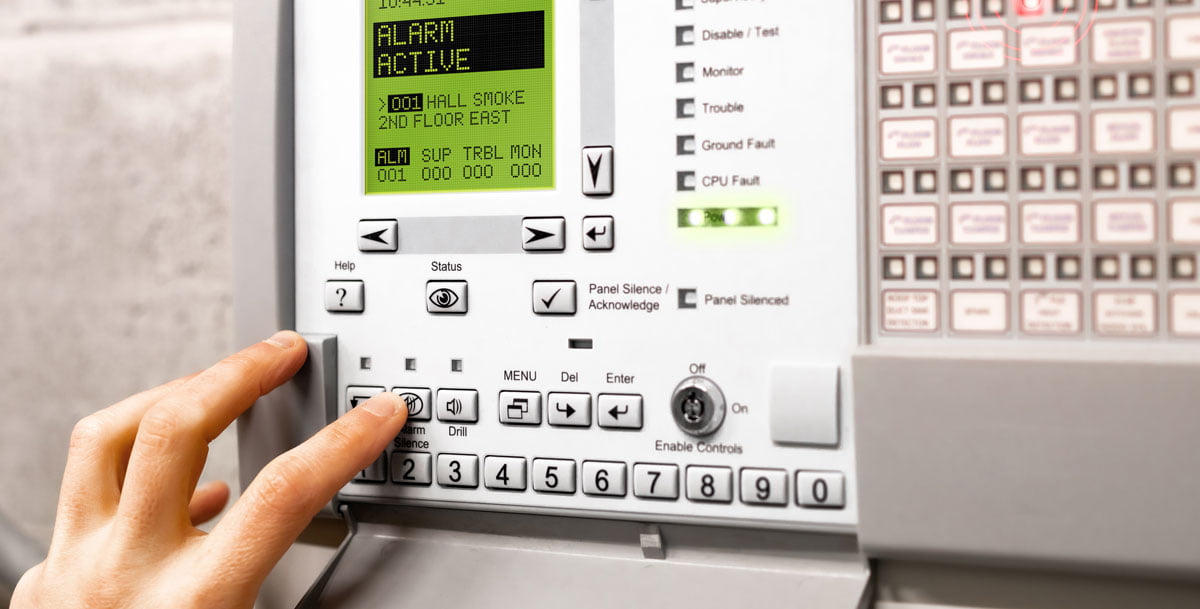
Exit and Emergency Lighting inspection and maintenance
Why book Exit Emergency testing?
Because it is legally your duty of care to ensure all Emergency Exit Lights work adequately in a power outage for all Class 2 to Class 9 buildings. This enables people quick and safe passage out of the building. Emergency situations are rare occurrences however if you fail to meet your duty and don’t get them tested they may fail in an emergency situation and you could be liable.
Legislation
The Australian Standard AS/NZS 2293.2 1995 states that Exit & Emergency lighting must be tested in accordance to the procedures described in clauses 3.2.2 and 3.2.3, and not exceed intervals greater than specified, which is 6 months and 12 months.
The Australian Standards indicates that for all Class 2 to Class 9 buildings there is a legal Duty of Care to ensure all Emergency Exit Lights work adequately in a power outage or other emergency to enable people quick and safe passage out of the building.
The Standard instructs that all Emergency evacuation lighting systems shall be inspected and maintained in accordance with the relevant procedures specified in the Standard,
The testing ensures that the Exit and Emergency lights maintain their charge for 90 minutes during a blackout or emergency situation such as a fire.
How often is testing required?
Testing is required every 6 months. As per the standard, testing must not exceed 6 and 12 months intervals. There are certain procedures to be completed every 6 months and additioanl requirements to be completed every 12 months, see details listed below.
Who can carry out the testing?
The Standard instructs that the inspection and maintenance procedures shall be carried out only by persons having qualifications, and experience suitable for this type of Work.
We are licensed technicians and eligible to carry out the testing requirements.
What reporting is required?
Routine maintenance records are to be kept in an on-site hard copy log book, all testings and failures are to be reported
This log book must state the technicians name and date of works.
Should you be subject to an inspection from the governing body they may require to view the log book, this is why it is important to keep the book on site easily located.
What is included in the testing?
Six monthly procedure
- Visual checks for mains operation of all Emergency and Exit lights
- Visual checks for blackening of tubular fluorescent lams, lamps to be replaced if they exhibit excessive end blackening.
- Replace all faulty lamps where required
Where manual discharge test facilities are provided
- Discharge test, operating the emergency luminaries and exit signs from their battery supply by simulating failure of the monitored supply. The signs shall remain illuminated for not less than 90 minutes.
- Restore the emergency luminaries and exit signs to normal condition and check that the operation indicator functions correctly.
Where Automatic discharge test facilities are provided
- a visual check shall be made of the operational status of each unit either by means of the controller or indicator panel where centralised testing facilities are provided.
Those units which failed the previous discharge test shall be either repaired and restored to normal condition, or replaced.
Additional Check for indirect lighting systems
- Check the finishes of major reflecting surfaces have reflectance’s of not less than those on which the design of the system was based.
- Check emergency luminaries of the directional beam type, if used, are aimed in such a manner that the beam will not be directed into the eyes of persons moving through the designated area.
If you are looking for an experienced Electrician in the South East Suburbs of Melbourne for your Renovation Project, rest assured that Direct Point Electrical is the team you need!
Get in touch with us today on 1300 317 328 for a free consultation or quote. We look forward to hearing from you.

